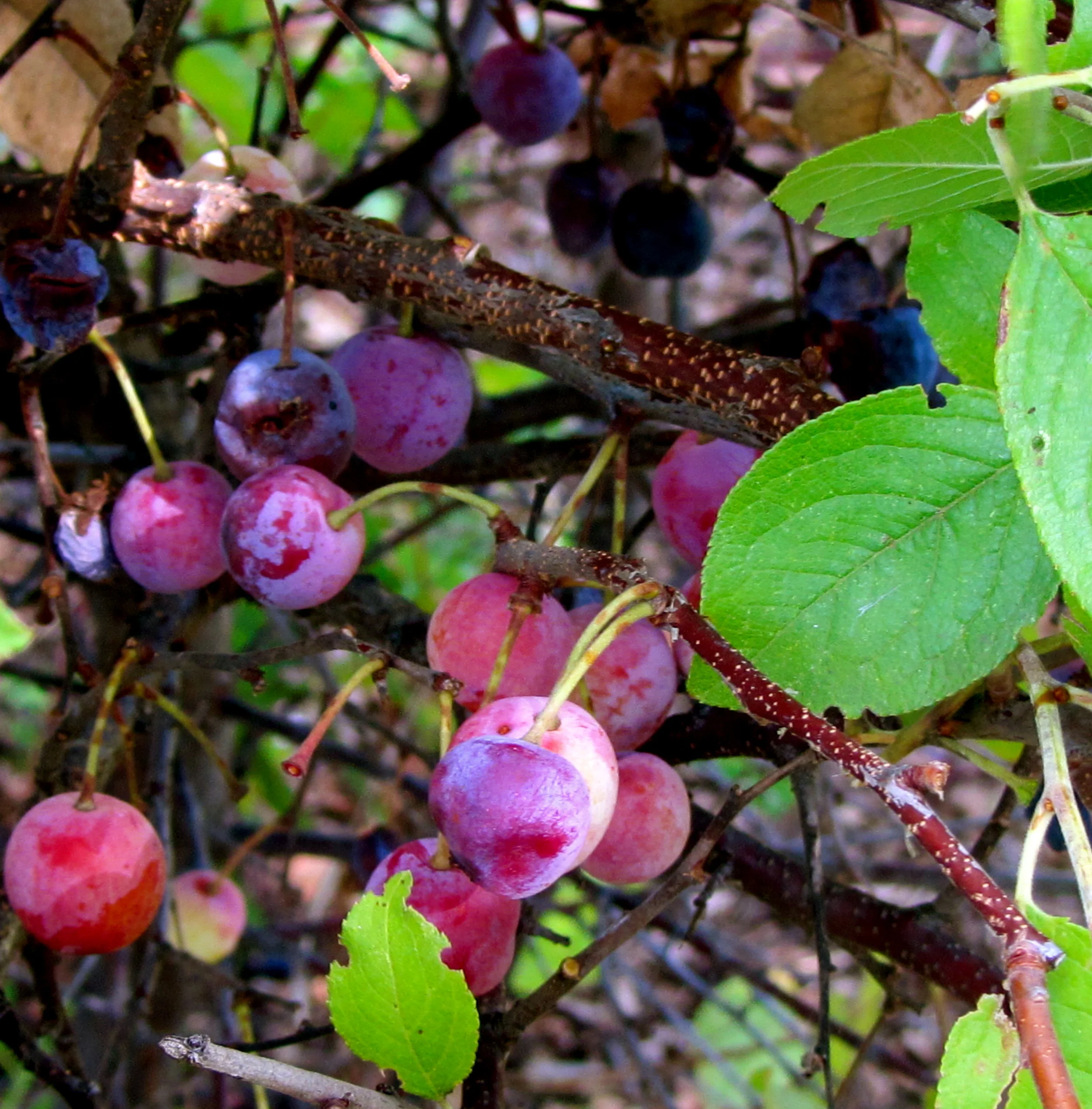Pine trees are truly magical. You find them growing in urban, suburban and rural environments, yet their familiar presence is quite often overlooked.
Pine Needle Tea is the perfect winter treat
I grew up playing outdoors in all seasons. Building snow shelters, finding foraged foods, following animal tracks, and sledding all kept me busy and engaged.
Winters with light fluffy snow are magical. Winters with wet dense snow or sleet that encases every surface in ice are the ones where I really feel the cold. As I got older and more focused on honing my skills, I began to appreciate just how many foraged foods are there to take the chill out of winter.
The mature leaves of the pine tree are called needles. They are easy to harvest. You only need a few. Pluck a handful of pine needles nearest the trunk, where they are highest in Vitamin C. You'll need about 10 pine needles per cup.
Once you get home and you drop the fragrant needles in water that has come to a boil, it's a full sensory experience. The warmth and the aroma feel like a hug. The light, sweet flavor feels comforting on the tongue and all the way to the tummy.
Timeline:
1-2 Hours Before
Gather 10 pine needles per cup of tea, put in a container to carry home
10 Minutes Before
Bring a pot or kettle of water to a boil.
5 Minutes Before
Chop pine needles.
Use a strainer and large pot or tea ball/tea bags for individual cups
Put pine needles in the large pot or tea balls, tea bags, cheesecloth
When water is boiling, turn off heat and remove from stove top.
Pour the water over the pine needles.
2 Minutes Before
Taste the mixture. Let it steep longer for a stronger taste.
Strain or remove the pine needles from the water.
Drink as is or add sweetener of your choice.
Shopping List
Foraged Items:
Pine needles growing nearest the trunk
Pantry
Tea bags, tea balls, cheesecloth, gauze
Strainer
Tea kettle or large saucepan
Tea pot, mugs or cups
Honey, sugar or any sweetener




